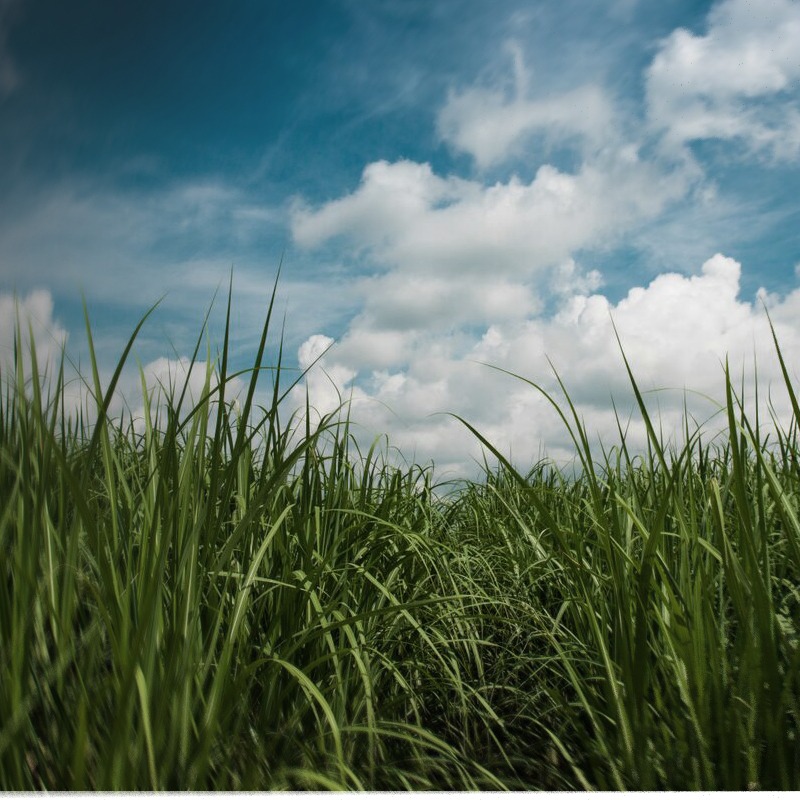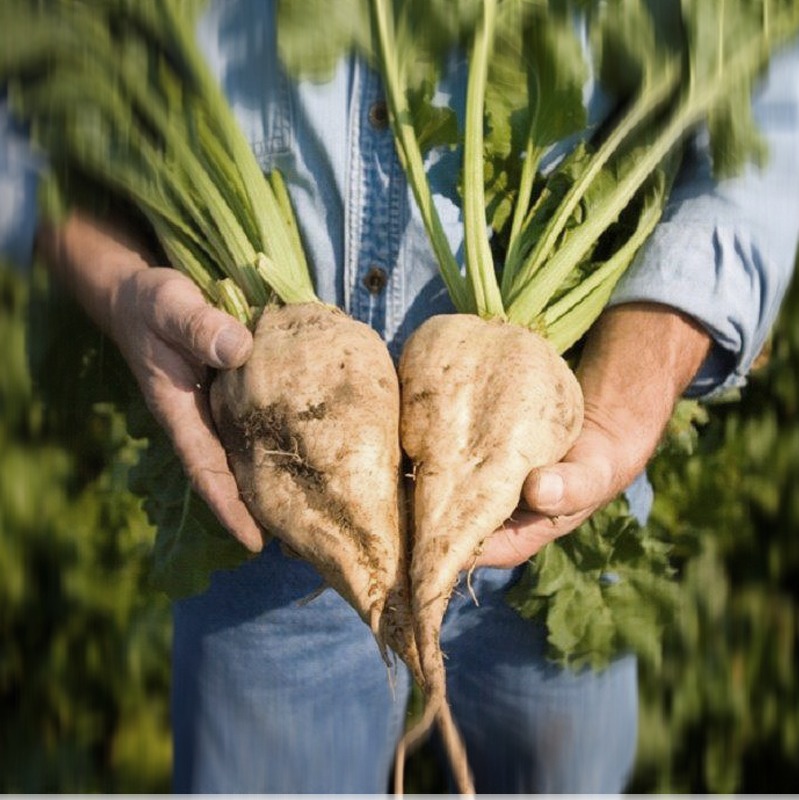Purpose Driven Production
Circularity in Action
A circular approach sees interconnected value in every output. Cane stalks fuel boilers, lime from sugar refining loops back into the land enriching soil, and pulp is made into nutrient rich animal feed. Together we are closing the loop, enriching the land, and feeding the future.

Locally produced renewable energy
Our grower members are closing the loop on energy and agriculture by using bagasse as a renewable energy source. This not only reduces dependency on fossil fuels but leverages the natural carbon absorption of sugarcane to offset emissions. Sugarcane, being a C4 plant, is highly efficient in photosynthesis, absorbing substantial amounts of carbon dioxide during growth.
When bagasse is burned for energy, the CO₂ emitted is offset by the carbon captured during the cane’s growth, rendering the process nearly carbon-neutral . It’s a powerful example of circular thinking in action.
Using every part of the beet
Beet co-products like pulp pellets, shreds, molasses, and raffinate are widely used in the feed and food industries. Beet pulp adds fiber to pet food and provides digestible energy for dairy and cattle feed. Molasses offers essential sugars for livestock and supports fermentation, like baker’s yeast production. Raffinate serves as a nutrient-rich soil amendment. These uses extend the value of sugar beets far beyond sugar.


Reusing lime in fields
In sugar refining, lime is essential for clarifying juice and ensuring a high-quality product. But the story doesn’t end there. Once spent, this lime can be repurposed on farms to improve soil health, reduce acidity, and support long-term productivity—turning a by-product into a powerful tool for regenerative agriculture.
